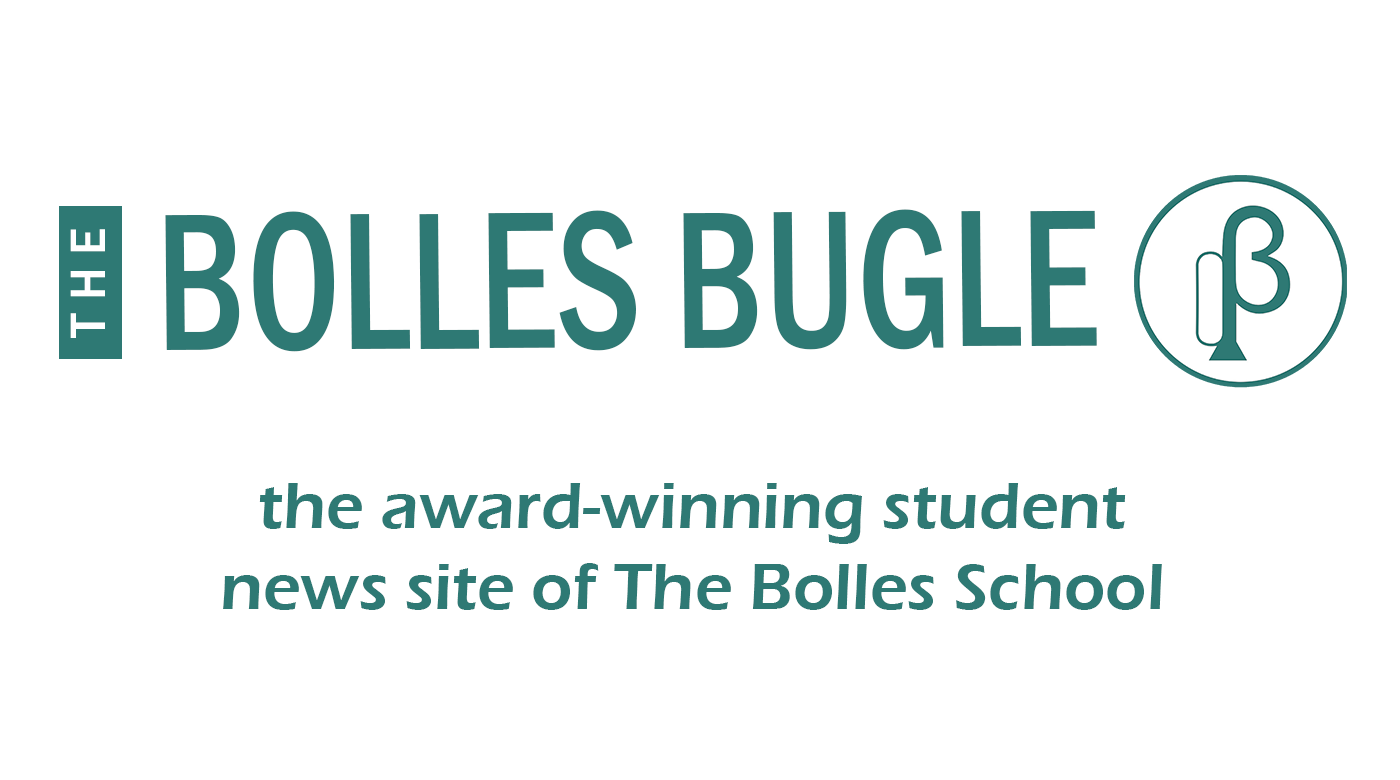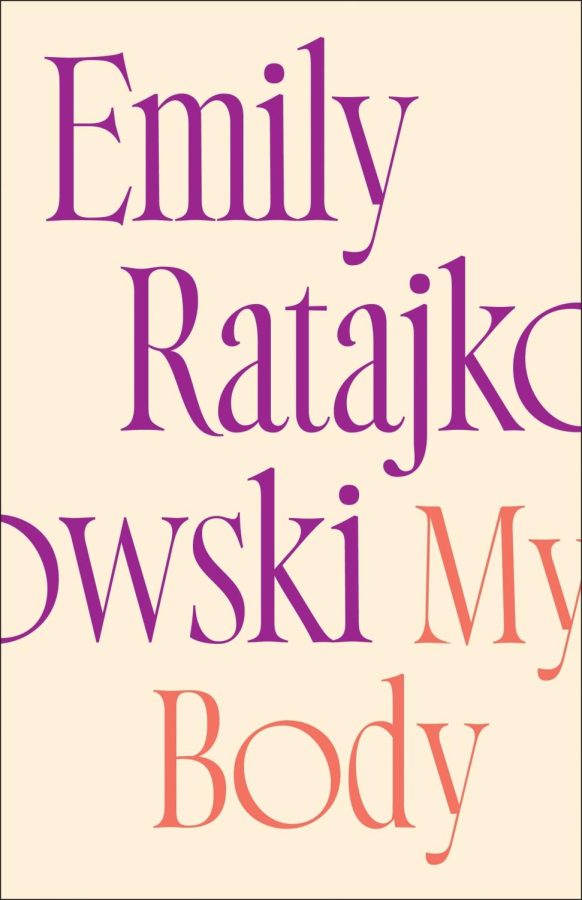Her book, my review
How Emily Ratajkowski’s New York Times Bestseller explores womanhood
“I aim to examine the various mirrors in which I’ve seen myself: men’s eyes, other women I’ve compared myself to, and the countless images that have been taken of me,” model, actress, and now author Emily Ratajkowski said in the introduction of her book, My Body, a collection of essays published in 2021.
Usually, when we think of supermodels and fame, we think that insecurities just go away even when they don’t. If anything, they may get worse because fame invites the scrutiny of the entire world, which Ratajkowski brings light to in her essays.
My Body does successfully analyze the lenses Ratajkowski mentioned in the introduction. However, due to the fact that the majority of the essays revolve around specifics of the modeling and entertainment industries, it was difficult, as a relatively normal 17-year-old, to attempt to relate to and understand some of the situational nuances of her life, and the fact that I couldn’t relate took away from my perception of the works as a whole.
I don’t go to parties. I’ve never been in a relationship. I don’t drive to modeling auditions on the weekends as a teenager in high school. She did.
But, when she talked about what seemed, to me, more like “real life,” I found myself pausing to take in the rawness and authenticity of Ratajkowski as a person and less as a public figure.
I do sympathize with her and applaud her brave openness, especially as a world-famous model always under the close watch of the public eye. However, in essays such as “Blurred Lines,” in which she wrote about her sexual assault experience on the set of the 2013 “Blurred Lines” music video—the very video which propelled her into the world of fame—with Robin Thicke, they didn’t feel as real or tangible as her essays “My Son, Sun” and “The Woozies,” both of which I found more engaging because they weren’t so deeply buried within the world of fame and modeling.
Notably, in “My Son, Sun,” Ratajkowski discusses the topics of manipulation and sexual assault involving a boyfriend she had as a teenager. Despite the fact that these themes reoccur throughout many of the essays, this essay eliminated the power dynamic of being involved in an industry, and I could just see her as a young woman.
And, as a young woman, I felt my stomach drop when Ratajkowski said “I didn’t know how to say no” and “Why did my fifteen-year-old self not scream at the top of her lungs? Why did I whimper and moan softly instead? Who had taught me not to scream?”
As I read those lines, I remembered hearing somewhere that “‘No’ is a complete sentence,” and I wish everybody knew that. I wish people knew to scream as loudly as they could and that they don’t owe anybody anything.
Overall, though many of the essays in My Body do feel very distant, repetitive, and merely highlight the unsurprising problems involved in the modeling and entertainment industries, I do recommend reading “My Son, Sun,” “The Woozies,” and “Buying Myself Back,” which do include valuable lessons on being a woman, appreciating one’s body, and self-worth that are worth the read.



